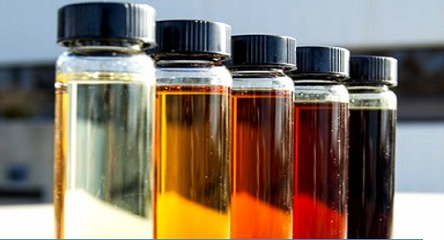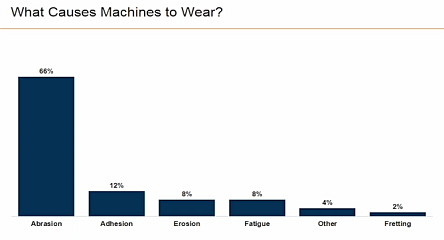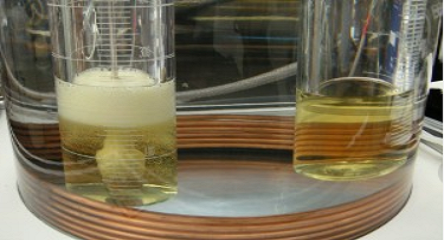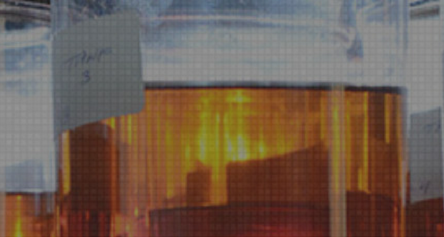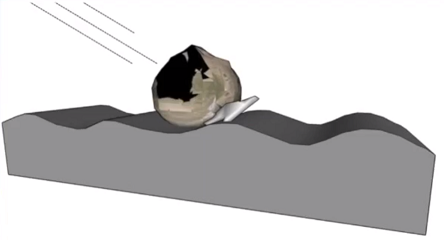About the Author
Robert Kalwarowsky started Rob’s Reliability Project in 2018 and currently produces audio, video and image content to spread the message of reliability and educate the industrial community. Rob has spent almost 10 years as a reliability engineer & asset manager within mining, oil and gas, and consulting industries. He specializes in condition monitoring, failure prediction, spare parts optimization, life cycle asset management and coaching. Prior to that, Rob graduated from the Massachusetts Institute of Technology (MIT) with a Bachelor of Science degree in Mechanical Engineering with a minor in Management.


